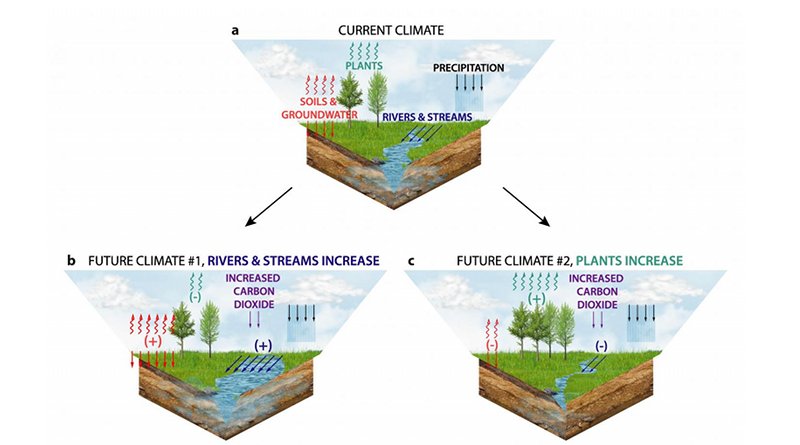
Several months into my "test," everything is fine. Look, I'm neither married to the stuff, nor do I have any stock in the company that makes either WW or PI. Also, for me, living on the broiling Gulf Coast, freeze protection is a remote concern anyway. According to the product specs, anti-freezing characteristics are not altered. As to freezing, again, we're talking about adding only eight ounces of additive to the entire volume of Toyota Red Coolant (a couple gallons, I forget the exact capacity at the moment). It's not going to give you 100 extra hp by keeping your heads a little cooler (nor are any such claims made). That's why it's not going to cause "overcooling." Finally, your thermostat is not changed by adding this stuff it will still manage overall coolant temperature the same as it does without these additives.Ĭlick to expand.C'mon now, who said anything about "miracle ingredients."? It should be clear from my posts that his product has the potential to improve performance to some degree, under certain specific conditions. But where there is no surface boiling taking place, the product remains "passive" and does not change the inherent cooling dynamics of the coolant. By reducing or eliminating these bubbles, the WW or PI allows the intended liquid coolant to stay in contact with the hot metal surface, whereas without it, a thin layer of steam bubbles forms, which greatly reduces the cooling of the surface, allowing it to get even hotter. In areas of the engine that get too hot, and thus cause surface boiling in the adjacent cooling passages, this reduced surface tension greatly diminishes the size of the tiny bubbles that form on an overheating surface. All it does is reduce surface tension, much like a simple soap. It's not refrigerant, and it will not cause overcooling. And if you look at that article (and both Redline and RP's propaganda), you'll see that this is a product with little, if any, downside. To clarify: I'm using Purple Ice as an addition to my standard Toyota Red coolant, not instead of it. I've had Purple Ice in my Camry for a couple months, and it's run just fine. I can't say for sure whether the WW caused this or not (it's in my wife's Sequoia and hasn't caused any problems for a year).

Had it flushed, and refilled, with no further problem. Immediately after adding Redline's WW to my old Highlander's cooling system, its Toyota Red coolant started congealing into big tan colored chunks of clotted goo. I've been using Royal Purple's Purple Ice product, which does the same thing as WW. If your engine is over-the-top hot, or operating in an arctic environment, the WW probabably won't help much at that point. This would apply only in a borderline condition, of course. If you are operating at the edge of knock, and the knock is being caused by hot spots in the combustion chamber (as opposed to just using low grade gas), then the Water Wetter's ability to diminish the size of the localized bubbles may increase the cooling in those areas enough to eliminate the pre-ignition, thus allowing the engine to advance timing more. First, this stuff can be (note my use of "can") a great help in an engine like the 1MZ, which selectively advances spark timing as long as it is not detecting knock. It does, however, do what it was designed to do.Ī couple more thoughts about this. It is not magic in a bottle, it will not help a crappy cooling system, it will not allow you to run Pikes Peak with the A/C on and towing a trailer at 90 mph without overheating. This provides for more even cooling in every cylinder which in turn allows for more precise tuning of the engine. Water has more surface tension than solvent and WW will make the water more "solvent like" if you will.

You can see an example of this if you pour a little water on a sheet of glass and then pour a little solvent or gasoline near it on the same sheet of glass, the water will make little droplets and the solvent will spread out into a thin layer. A surfactant like WW lowers surface tension and allow it to break up the bubble and get liquid to the hot area. Hence you get a hot spot in the combustion chamber. Vapor doesn't conduct heat nearly as well as liquid. If it gets hot enough, then a gas bubble forms there because any water that tries to get in vaporizes and forms yet another bubble.


What happens near an exhaust valve in the head for example is that the surface of the head in the water passage gets so hot that it causes the water/coolant to boil in that one spot. Water alone has much better thermal transfer properties than water with coolant added but coolant creates higher surface tension and adds viscosity. Water Wetter is not designed to lower temps, only to lower surface tension of the water. The link to the tech review explains it nicely.


 0 kommentar(er)
0 kommentar(er)
